OUR HOLLYWOOD HISTORY (6/10)
Just like every other kid, Del Lord dreamt of running away with the Circus. Life was boring in his hometown of Grimsby, Ontario and it wasn't much better in nearby Niagara Falls where his widowed mother moved them to find work.
But in his 14th Summer, a circus camped at the Falls for several months and its clowns took pity on the skinny kid who came by every day to watch them rehearse. They soon worked him into their routine, playing a hapless rube, dragged from the audience at every performance to be tossed around the ring, hit with buckets of water and otherwise made the butt of jokes.
Seeing how much her son enjoyed Circus life, Mrs. Lord gave her permission for him to follow them to their winter quarters in Jacksonville, Florida.
A few months later, in early 1909, she died and the Circus became Del Lord's family.
For three years he travelled with the Big Top, learning the skills of clowning and acrobatics. In 1912, while touring California, Lord's Circus was asked to set up near a Hollywood studio to serve as background for a film they were making. Del watched one day of shooting and knew he had found his true calling.
But his first job in the industry was building sets in fellow Canadian Mack Sennett's Keystone Studios. The construction was for a film Sennett felt might spawn a new star, a young vaudeville comedian he'd hired by the name of Charlie Chaplin.
Chaplin arrived but seemed overwhelmed by the world of the movies. He was new to California too and didn't know a soul beyond Sennett. Lord engaged him in conversation and Chaplin asked if he knew anywhere he might find a room. Lord took him back to the rooming house where he was staying. It was one of the few which allowed "theatricals".
Lord convinced the landlady that Chaplin was trustworthy and would pay his rent on time. Then the two sat up all night trading stories about their lives on the road.
"I was a very scared person. And when I saw the chaos of the studio I felt sure I would soon be on my way back to vaudeville. The second day was different. The second day, I had a friend" -- Charlie Chaplin
Chaplin went to work on his first film and Lord continued to build sets. But every night he and Chaplin would work on gags and routines back at the rooming house. Chaplin soon recognized that Lord had an innate sense of what was funny and begged Sennett to hire him as an actor so he would be available as an on-set coach.
Watching Lord work with Chaplin, Sennett also realized the kid had something special and Lord was soon put to work as a member of Sennett's comedy mainstay "The Keystone Cops". Lord reluctantly joined that raucous, slapstick stunt-fest. But not before leaving Chaplin with one more comic suggestion -- the moustache that became his trademark.
Lord's acrobatic training was perfectly suited for the dangerous mayhem that characterized "The Keystone Cops". Eventually he performed almost all of their dangerous driving stunts as well, many of which were filmed in LA traffic with no one else on the road aware they were part of the scene.
Despite almost being killed by locomotives, streetcars and driving over cliffs, Lord flourished. Sennett soon had him directing. And he was always on call to do one thing he did better than anyone else -- throw a pie.
"Putting a pie in Del Lord's hands was like handing Rubens a pallet and a brush. He was an artist to his fingertips." -- Mack Sennett
From 1914 to 1917, Lord directed hundreds of films for Sennett, polishing and perfecting the work of such stars as Harold Lloyd and Wallace Beery. He even convinced Sennett to re-hire a comic he had fired because audiences felt he wasn't funny.
Del Lord saw something in a guy named Ben Turpin. and in a few short weeks, Lord had transformed him into one of the biggest comic stars of the Silent Era.
The Crash of 1929 wiped Sennett out and hit most of Hollywood hard. But Lord's reputation as a "comic genius" kept him working for a number of studios. He made the transition to sound with ease. But as the Depression deepened, he found himself directing a series of unsatisfying musical shorts and decided to leave show business and make the kind of money that would support his family selling cars.
A couple of years later, that's where fellow Sennett director Jules White crossed his path. White had always admired Lord's work and had just been hired to supervise a new comedy division at Harry Cohn's Columbia Studios. Lord resisted at first, but White convinced Cohn to offer him a contract too rich to ignore.
Lord came back to the movies and was soon working with the likes of Harry Langdon and Buster Keaton. It was said that no one had to ask directions to whichever soundstage Lord was shooting. You simply stepped outside and listened for the uncontrolled laughter of the cast and crew.
A typical Lord set was so out of control that Crewmembers were known to stuff handkerchiefs in their mouths to avoid blowing a take. And even Buster Keaton, famous for his deadpan personality wasn't immune.
"Some of his ideas were so original and so hilarious that I often fell out of character and joined in the fun." -- Buster Keaton
But Lord would begin to make the mark for which he will forever be remembered in March of 1935. That's when he was put in charge of a struggling comic trio known as "The Three Stooges". Lord's style and inventiveness meshed perfectly with Larry, Curly and Moe. Over the next 13 years, they would make 41 films together.
Later in life, all of the Stooges would confirm that Lord had invented every single one of their trademark gags.
"We were the stars, but Del Lord deserved equal billing. He knew what we were capable of doing and he dragged every ounce of it out of us." -- Moe Howard
And while most directors would have been happy with the level of craft Lord achieved on set, he went further when the films were done.
Unknown to the studio, he would sneak rough cuts into local theatres and tape the audience reactions. Then he'd go back to the edit suite and run the films with this makeshift "laugh track", tightening jokes and eliminating bits that didn't work until he had audiences laughing from beginning to end of every Stooge release.
Around 1950, Lord began to scale back his work load and travel the world with his wife, Edith. In the process, he became troubled by all the child poverty he saw and vowed to do something about it.
He and Edith purchased a larger home and over the next decade raised and educated 21 refugee children from a variety of countries.
In 1968, he also went back to help the Stooges, launching a lawsuit to win them a share of the tens of millions their films were making on television. But the Distributors fought hard and eventually got Lord's case thrown out of court. But his battle inspired the children of the retired comedians to launch their own court action, finally shaming the rights holders into doing the right thing for their fathers.
Lord died in 1970, a man who'd never gotten very wealthy and never even been nominated for an industry reward despite the millions whose lives he had enriched with laughter. It was reported that no one from the Hollywood community attended his funeral, in most cases to avoid the wrath of those he'd sued on behalf of the stars he had helped to create.
But in attendance were the families of the Stooges and 21 other young men and women to whom he had given a better life.
Lord's last film with "The Three Stooges" can be found here.
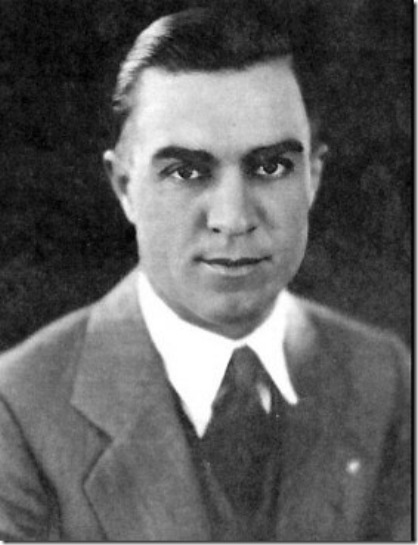
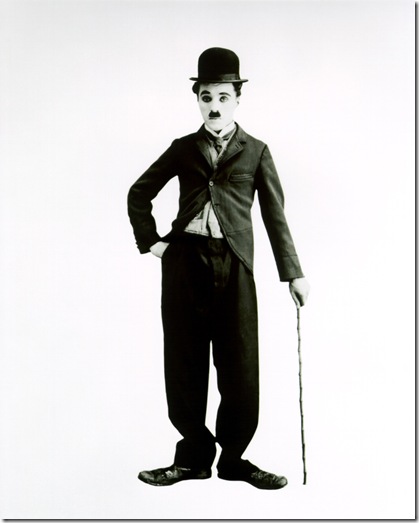
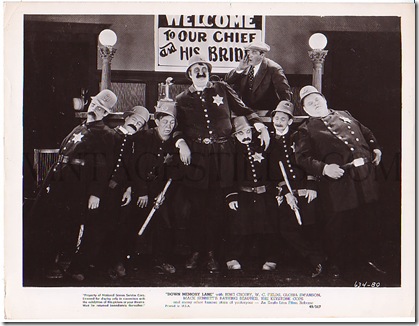
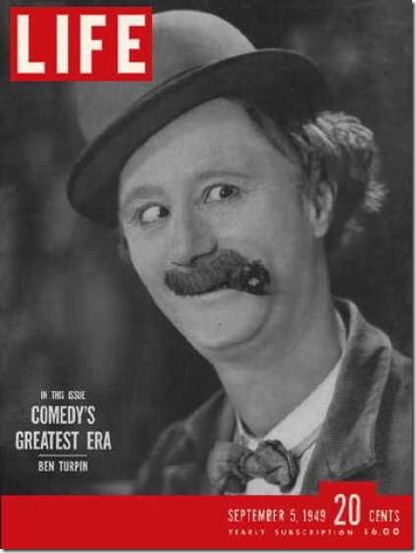
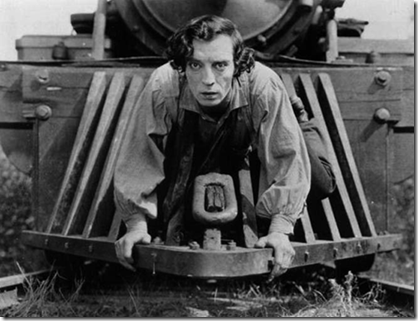
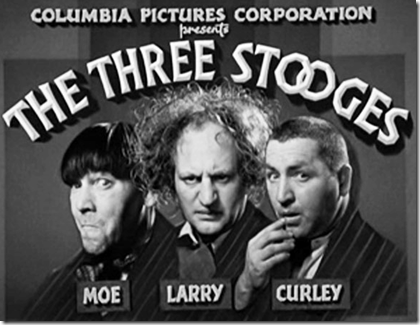

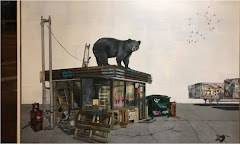

1 comment:
My friend Sandra Carlson whom I met in 2012 on Match.com of all places talked about her Uncle Del and Aunt Edith and showed me some book about him and she said you have worked in Hollywood for 30 years and you don't know Del? I said, of course, I know his name and in fact we use to shoot music videos and commercials in the same studio where he shot all the 3 Stooges shorts and we use to talk about it all the time. It was called SIR and of course, they tore it down for parking at the Sunset Gower Studios so they have more parking for all the Soap Opera Stars which of course are now long gone. So after Del died Edith came and lived with her sister and her husband and their two children so Sandy got to hear all these amazing stories and she had a huge suitcase full of photos when Sandra visited her in Oceanside in 1977 and said I will give you all of these one days. But when she moved back she only brought a few which she has. I am currently working on getting Del a Star on the Walk of Fame and an Emmy and Oscar. Which he deserves. Her sister is 89 and I would love to see it happen before she dies or can not remember things. Thanks for posting this. Michael Bodnarchek
Post a Comment